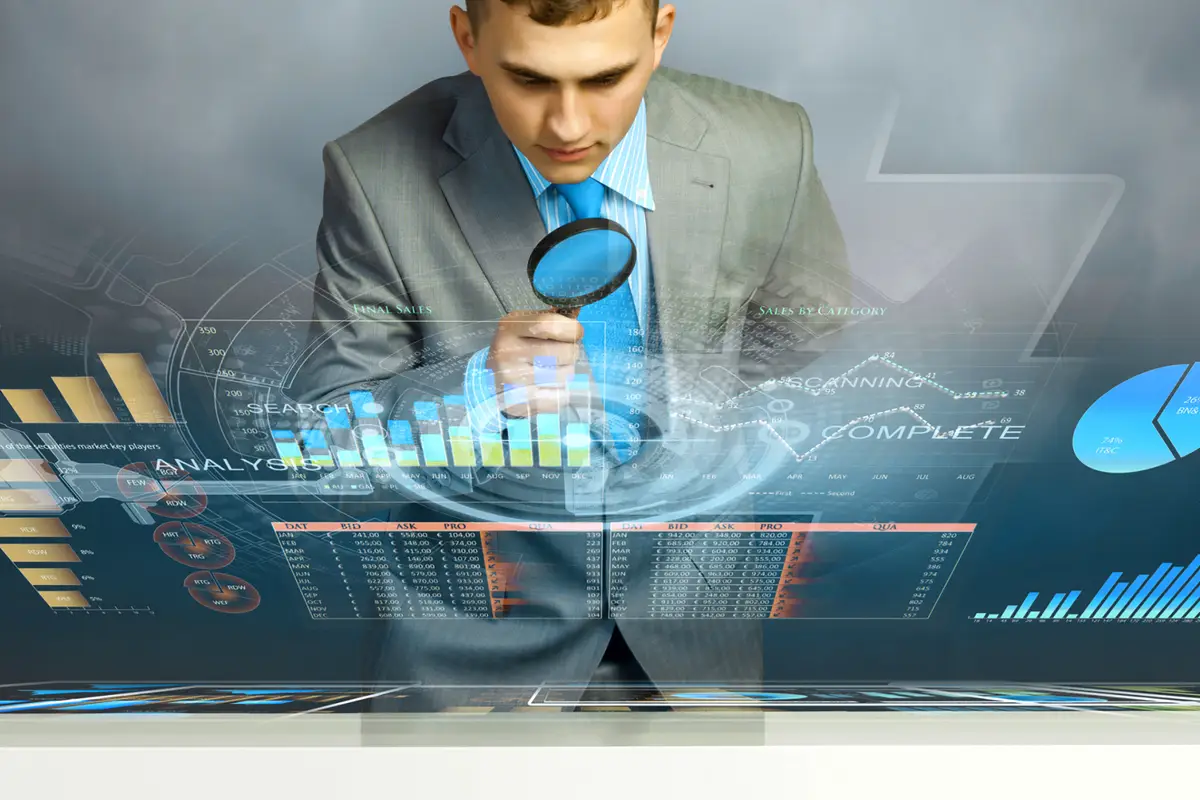Data analytics allows companies and individuals to analyze data to make decisions. From digital marketing to product sales metrics, every company is trying to harness its power to get ahead of the competition. It also helps them track the results of their decisions and identify problems that need solving.
With tons of digital information created every single day, there is a constant need for data professionals to analyze these large datasets and provide actionable insights. Downloading and analyzing this much data can be time-consuming and tedious; hence, more efficient systems need to manage and analyze these large amounts of digital content.
Table of Contents
Data streaming and cloud integration
If you can analyze data as it comes in, you can make real-time decisions that can positively affect your business. The best thing about streaming data is predicting future results by accessing information as it happens.
Data streaming platforms like https://www.striim.com/product/striim-cloud/ are already taking advantage of this powerful technology to help businesses integrate real-time data streaming backed by the cloud into one centralized location. With these systems, you can enhance your decision-making process.
Critical decisions include determining how much of your resources should go towards which projects. You can even fine-tune your pricing models depending on demand.
Artificial intelligence
Artificial Intelligence (AI) is all about learning and understanding by leveraging algorithms to make the most of available data. These algorithms take in data from their surroundings and learn from these inputs to carry out tasks that humans usually carry out.
The next big thing in AI is Deep Learning. It is a machine learning technique that involves deep neural networks and gives computers the ability to learn and understand by themselves, giving them the power to process more complex tasks like image recognition, natural language processing, and computer vision.
Edge computing
Edge computing is a network architecture where data processing occurs locally. This proximity to the end systems reduces latency, increasing operational efficiency and data security.
Companies can use edge computing to improve their services by processing data closer to the source. This proximity also enables faster insights since there is less distance for the data to travel from the start to the end-user.
Edge computing is also very cost-effective as it allows the centralized infrastructure to be less potent than the actual hardware used in the local environment. These computers are more power-efficient and capable of sensing data in real-time.
From big data to small and comprehensive data
Businesses need to analyze small data previously discarded because it was too large or difficult to process. With the availability of new storage technology and mobile technologies, it is possible to reduce the amount of data needed for analysis.
Small and comprehensive data help reveal patterns in more extensive and more comprehensive datasets; you can get answers to your questions faster than ever.
Data visualization
Data visualization is a big part of data analytics, making information easier to understand through charts and graphs. Visualization can help you get the meaning behind data and discover trends that you may not otherwise be able to see.
Accurate data visualization helps you see connections between topics and relate them to one another. You can use data to help you visualize the patterns and relationships between aspects that are not immediate.
No more predefined dashboards
Dashboards should be versatile tools to help any business analyze its data and achieve its goals more efficiently. This is because you can use dashboards to track KPIs and monitor the progress of projects.
In recent times, however, we have seen dashboards set up so that you cannot change easily. This means that businesses have to invest a lot of time and money to make their dashboard more useful. With all these limitations, the dashboards are no longer as flexible as before.
We project that dashboards will become even more flexible in the future. As technology develops, there will be more customizable interfaces developed. Dashboard creators will begin to create more innovative interfaces by letting users decide how exactly they should present the data.
Before you go
Data analytics is a field where the possibilities are endless to make things more efficient and effective. By analyzing large amounts of data in real-time, companies can discover trends and patterns that will help them make better decisions.








